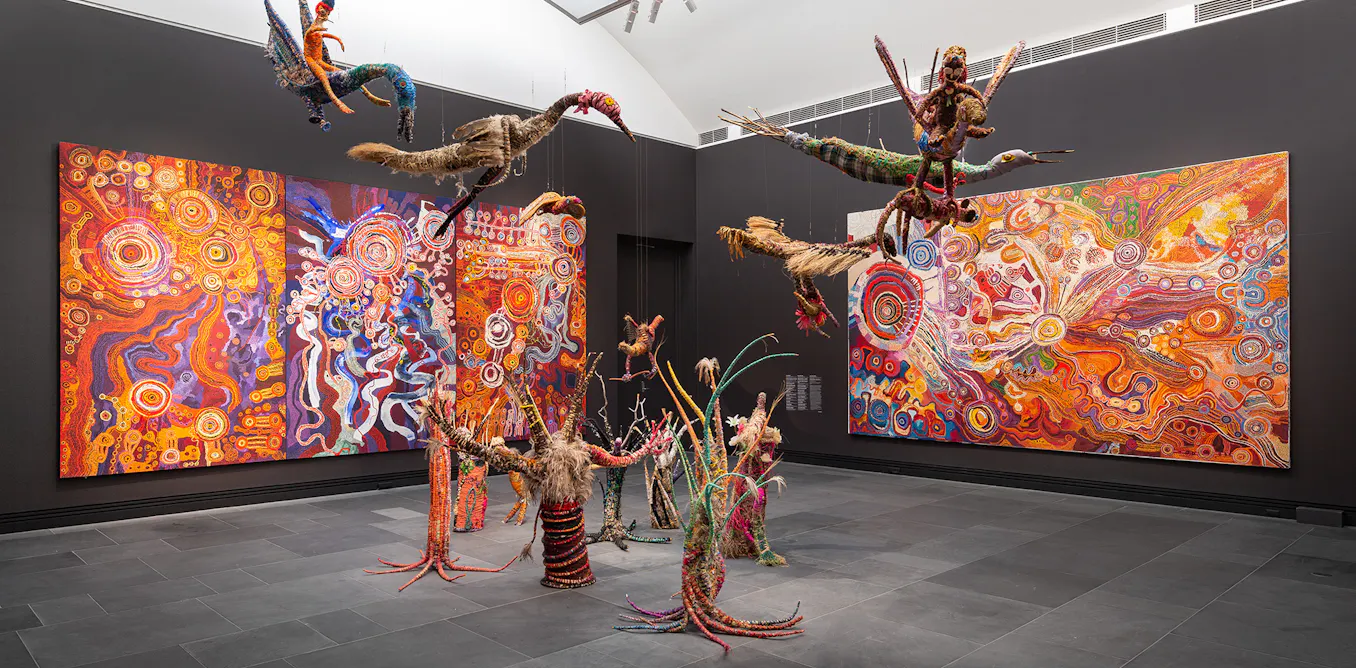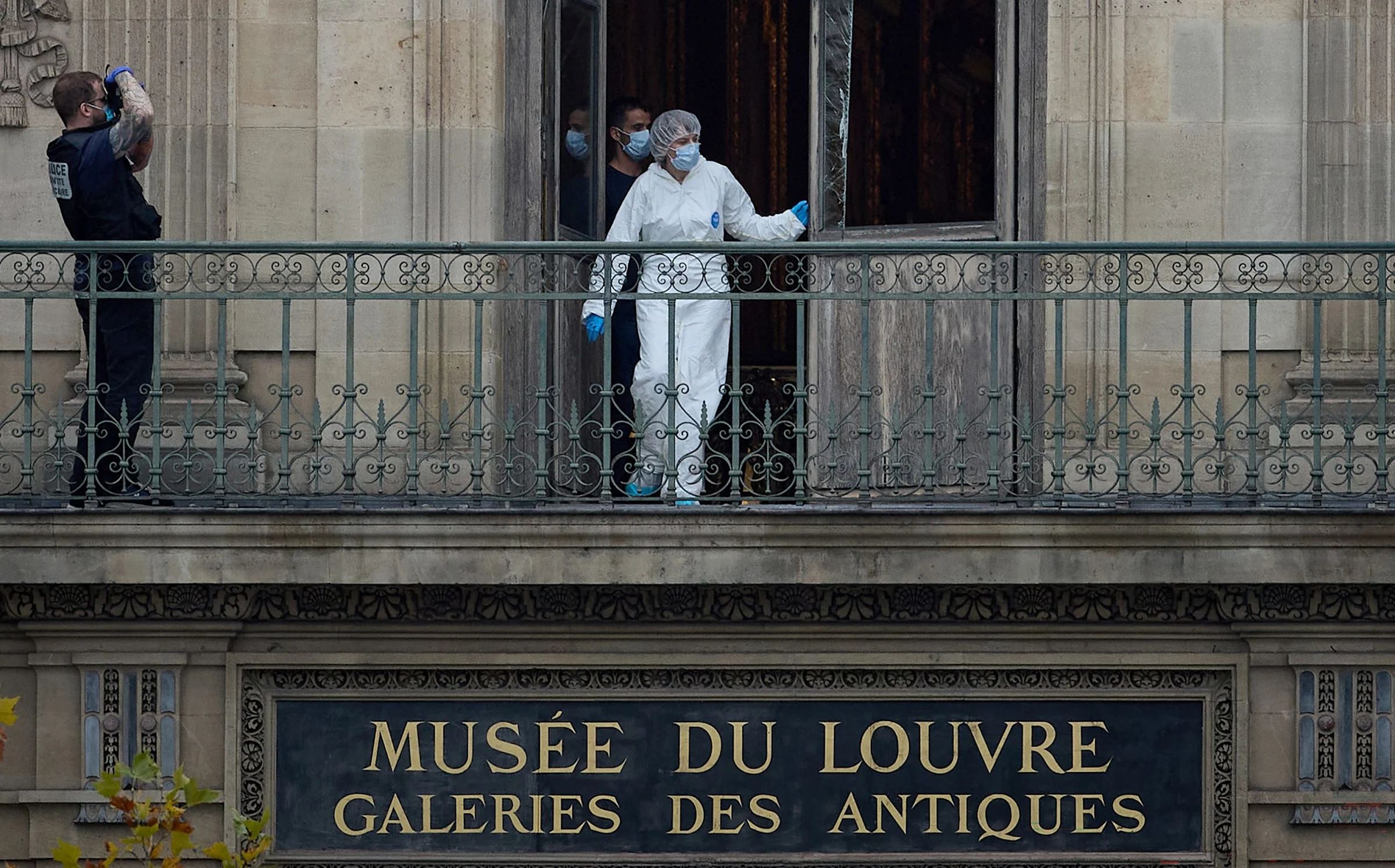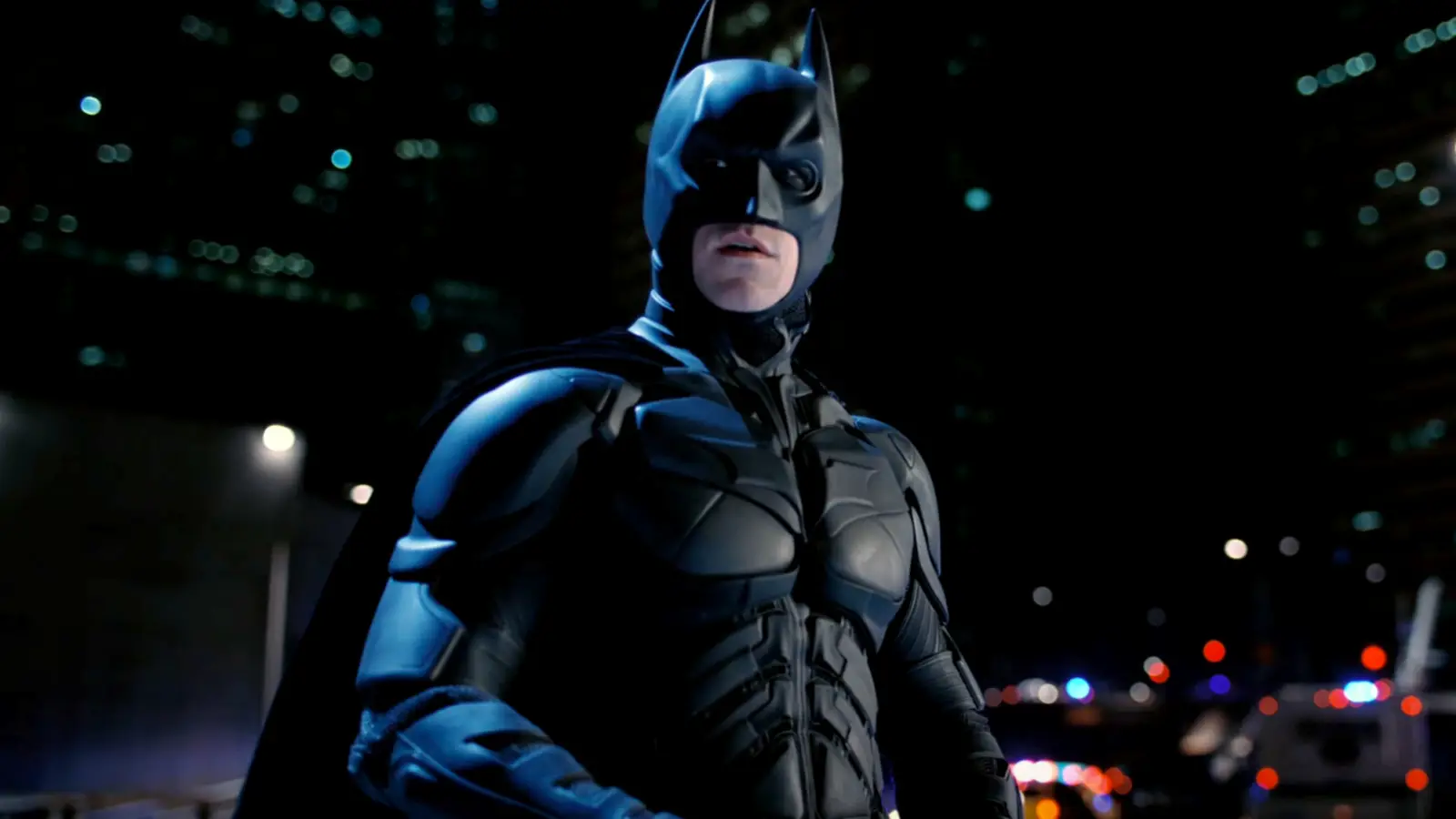Copyright theconversation

The Tarnanthi Festival of Contemporary Aboriginal and Torres Strait Islander Art began in 2015. The title of the exhibition celebrating Tarnanthi a decade on, Too Deadly, underscores the level of excellence Tarnanthi has achieved in terms of the sheer number of artists involved, new work commissioned and its reach to new audiences. As Megan Davis said in her speech to launch the 2025 exhibition, art leads to conversations about First Nations people, their history and beliefs. Tarnanthi is a biennial festival with a difference. It consists of a major exhibition at the Art Gallery of South Australia, satellite exhibitions in city, metropolitan and regional galleries, and an ethically run art fair. Underpinning these exhibitions and events is the central Tarnanthi practice of empowering First Nations artists to develop new work, to bring it to light. This has been, and is, central to Tarnanthi’s success. Under festival director Nici Cumpston, a relational curatorial model was developed with several key elements – listening to and encouraging First Nations artists, giving centrality to artist-led projects, supporting cultural continuity projects, and facilitating innovation rooted in tradition. Work of the decade The most compelling work of the decade is on show in Too Deadly. This includes Western Aranda artist Vincent Namatjira’s endearing Charles on Country (2022). It depicts the British King regally dressed, but looking out of place, as if he has strayed onto someone else’s Country. Namatjira considers art a weapon, softened with humour. As he explains in the accompanying exhibition catalogue: I like to paint with a little bit of humour, humour takes away some of their power and keeps us all equal. On entering the exhibition space, viewers are confronted by Kokatha/Nukunu artist Yhonnie Scarce’s extraordinarily impressive recreation of an atomic mushroom cloud in Thunder raining poison (2015), made of 2,000 suspended glass yams. Its beguiling beauty revisits the enduring tragedy wrought on Aboriginal people in central Australia by sustained atomic testing from 1952–63. Scarce grew up in Woomera, near Maralinga, and is acutely aware of the removal of Pitjantjatjara and Yankunytjatjara people from their traditional lands, which were destroyed. These events haunt her as “one of the most hidden histories within Australia”. The mood changes with Maluyligal/Wuthathi/Dayak artist Brian Robinson, whose large-scale wall installation Empyreal: a Place and a Path in the Sky and on the Earth (2019) portrays the sky as a navigational tool and spiritual realm. Reading his massive map in black and white, dotted with red floral motifs, is a lesson in navigating the night skies from open Country, well away from populated centres. Gail Mabo’s Tagai (2021) similarly brings navigation of the Torres Strait islands to the fore. Powerful work on show The monumental three-by-five-metre collaborative canvas painting Kungkarangkalpa: Seven Sisters (2016) by 24 female Anangu artists of the APY (Anangu Pitjantjatjara Yankunytjatjara) Lands speaks to the many ambitious projects Tarnanthi has fostered. The Anangu songline recounted is the pursuit of the seven sisters by the antihero Nyiru. This painting is exhibited here alongside the ingenious and animated weaving Paarpakani (take flight) and Tjanpi Punu (trees) (both 2011) by the Tjanpi Desert Weavers. Tiwi art took centre stage in Tarnanthi 2019. The display in Too Deadly of the Tutini (burial poles), paintings and works on paper with distinctive Tiwi designs is testament to the strength of culture. A small number point to cross-cultural interaction such as trading ships, and the influence of Christianity. There are many other powerful works on show. Kuninjku artist John Mawurndjul’s Namanjwarre, saltwater crocodile (1988) is an intricate and detailed bark painting. The APY Art Centre Collective’s Kulata Tjuta (2017) is a confronting installation of traditional spears, surrounded by empty piti (food collecting bowls) simulating one of the disastrous atomic explosions in Central Australia and its enduring damage to Country. Tony Albert and Alair Pambegan’s Frontier Wars Bone Fish Story Place (2014) is a bold installation merging the violence of the frontier wars with the upending of traditional life for those affected. Pambegan, a Wik-Mungkan man from Aurukun, is a custodian of the bone fish story. This work displays a line of dead fish shaped like bullets, gesturing towards the shocking history of the frontier wars. The magnificent Ngarrindjeri weaving Eel trap (2015) by Yvonne Koolmatrie hovers, suspended in the air, its size giving gravity and importance to a functional vessel widely used for catching eels. Its considered design ensured restricted numbers of eels would be caught, preserving the eel population. A new national art history Close to the end of the exhibition is a moving series of black and white photographs by Pakana artist Ricky Maynard, Saddened were the hearts of many men (2015). Each man‘s gaze confronts the viewer with their lived experience of pain, injustice and inequity. Over 10 years, Tarnanthi has fostered many ambitious projects. Too Deadly is a distillation of a decade’s exhibits in which the diversity of the aesthetic, the depth of subject matter, the geographical range of artists and the ingenuity of medium creates a new national art history. Too Deadly: Ten Years of Tarnanthi is on show at the Art Gallery of South Australia until January 18 2026.



